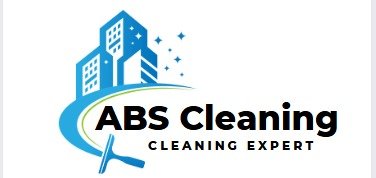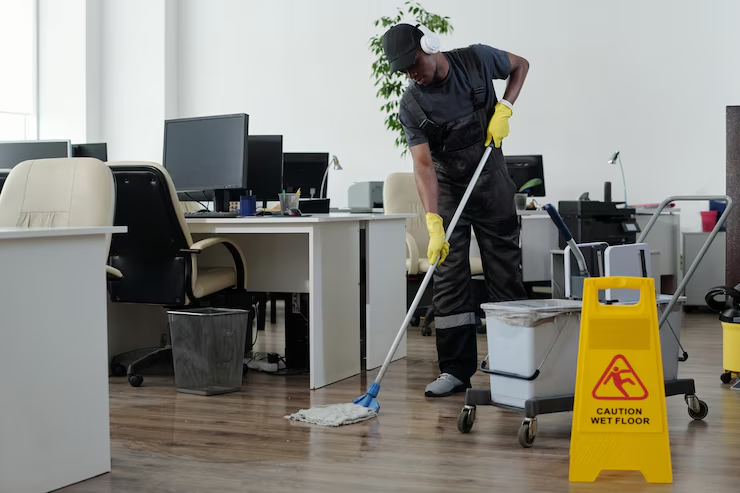Office cleaning is critical to maintaining a productive, professional, and healthy workplace environment. A clean office not only enhances the appearance and atmosphere but also boosts employee morale, reduces absenteeism, and positively reflects on clients and visitors. Given the time people spend in offices, ensuring cleanliness and hygiene is essential for operational efficiency and employee well-being.
Importance of Office Cleaning
In an office, shared spaces like desks, conference rooms, kitchens, and restrooms are hotspots for germs and bacteria. Without regular cleaning, these areas can become breeding grounds for illness-causing pathogens. Clean offices also reduce clutter, improve air quality, and create a more organized and inviting work environment. Moreover, a tidy workspace improves focus and reduces employee stress.
Areas Covered in Office Cleaning
A comprehensive office cleaning routine covers several key areas:
- Desks and Workstations: These should be wiped daily with disinfectant, especially keyboards, phones, and mouse devices, which harbor large amounts of bacteria.
- Floors and Carpets: Regular vacuuming, mopping, and deep cleaning remove dirt, dust, and allergens that settle in carpets and corners.
- Restrooms: These need frequent sanitation to prevent the spread of germs. Surfaces like toilets, sinks, door handles, and dispensers must be disinfected thoroughly.
- Pantry or Kitchen Areas: These should be kept clean and hygienic to avoid food contamination. Countertops, microwaves, refrigerators, and sinks must be cleaned regularly.
- Reception and Common Areas: These high-traffic zones should always look clean and welcoming. Dusting furniture, cleaning windows, and sanitizing surfaces are crucial.
- Trash Disposal: Emptying bins daily and using liners helps control odors and prevents pest infestations.
Office Cleaning Methods
There are several methods used in office cleaning, depending on the type of surface and level of dirt:
- Dusting and Wiping: For desks, furniture, electronics, and windowsills.
- Disinfecting: Using approved sanitizing solutions on high-touch areas like doorknobs, switches, and shared equipment.
- Vacuuming and Sweeping: Essential for carpets and floors to remove dust, paper bits, and debris.
- Mopping: Done with disinfectant to clean tile, vinyl, or hardwood floors.
- Deep Cleaning: Performed periodically, includes carpet shampooing, window washing, and air duct cleaning.
Daily vs. Periodic Cleaning
Daily cleaning tasks include trash removal, desk wiping, restroom sanitation, and vacuuming. Periodic cleaning (weekly or monthly) may involve deep carpet cleaning, window cleaning, and air vent maintenance. A balanced combination of both ensures long-term cleanliness.
Professional Cleaning Services
Many businesses hire professional cleaning companies for routine office maintenance. These companies bring expertise, industrial-grade equipment, and trained staff who understand proper hygiene protocols. Outsourcing also allows employees to focus on core tasks without the distraction of cleanliness concerns.
Conclusion
Office cleaning is more than just aesthetics—it’s essential for health, safety, and productivity. A clean workspace promotes a positive company image, reduces the spread of illness, and helps employees perform at their best. Whether done in-house or by professionals, regular office cleaning should be a priority for any organization committed to excellence.



